12 Insights from Frequent Fliers on Choosing Left or Right Plane Seats

Ever debated between booking a seat on the left or right side of the plane? Turns out, seasoned travelers have strong preferences—and clever reasons—for picking one over the other. Whether it’s about getting the best view, avoiding the sun, or simply ensuring a better nap, frequent fliers have decoded the tiny details that make a big difference. These insights aren’t just quirky habits—they’re time-tested tricks that improve the flying experience. Here are 12 smart insights from the aisle of experience to help you choose wisely the next time you fly.
Better Views Over City Landings
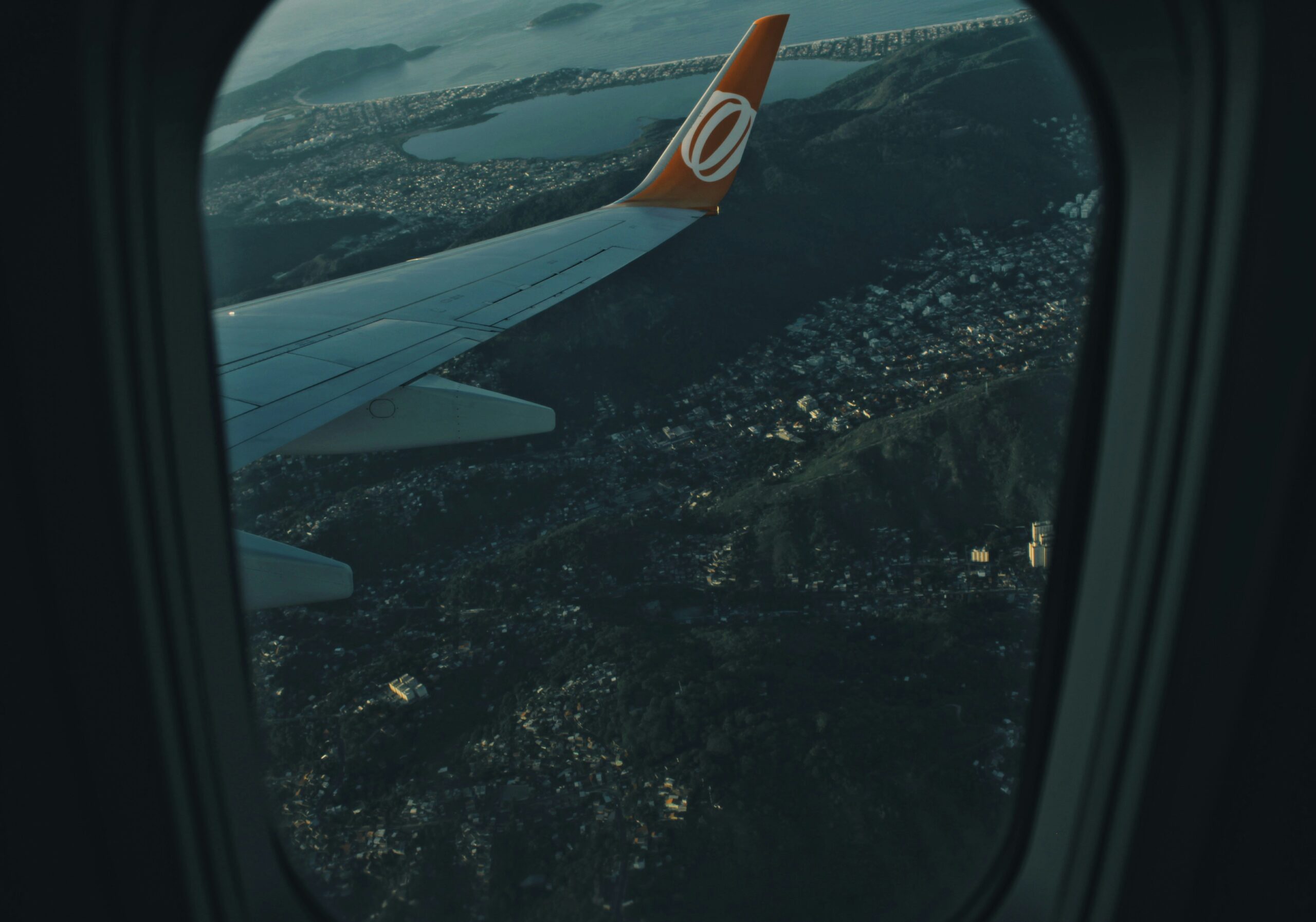
Frequent travelers say the left side often offers better views when landing in iconic cities like Los Angeles or London. That’s because flight paths tend to favor approaches that give a clear look at cityscapes from the left window. While not universal, checking your route and arrival direction can make a left-side seat the better bet for photo-worthy views. Some aviation forums even map out the best sides for specific routes, so a little research can reward you with skyline selfies or sweeping urban vistas.
Sunrise or Sunset Advantage
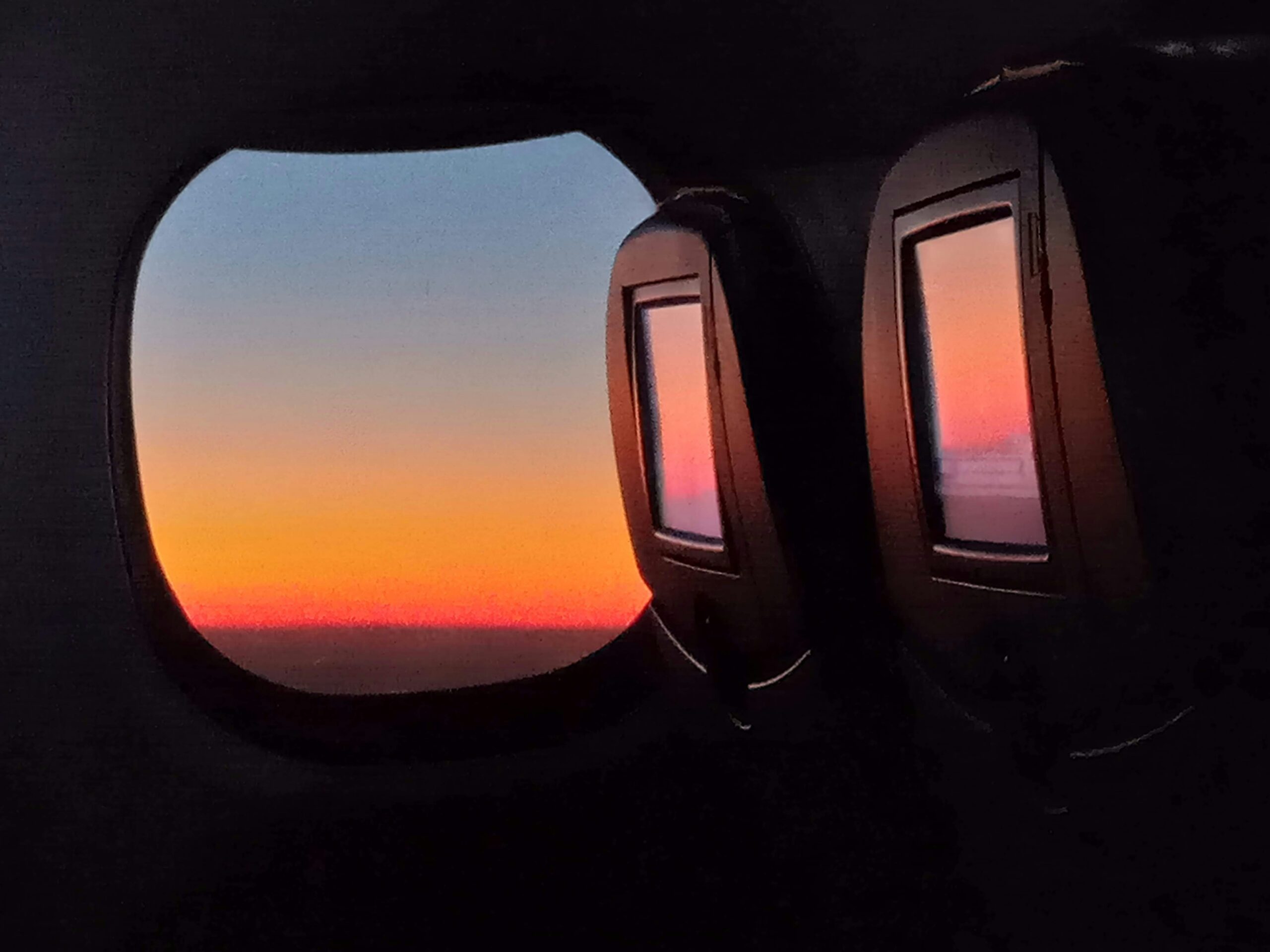
If you’re chasing golden hour, pick your side carefully. Eastbound morning flights? Sit on the left to avoid the glare. Westbound evening trips? Choose the right for a scenic sunset. Frequent fliers swear by this tip for light-sensitive eyes—or Instagram-worthy shots. It’s a simple choice that can dramatically change your in-flight mood and lighting. Whether you’re a photographer or just hoping for a relaxing glow while you sip your drink, the right side makes all the difference.
Less Glare for Sleep
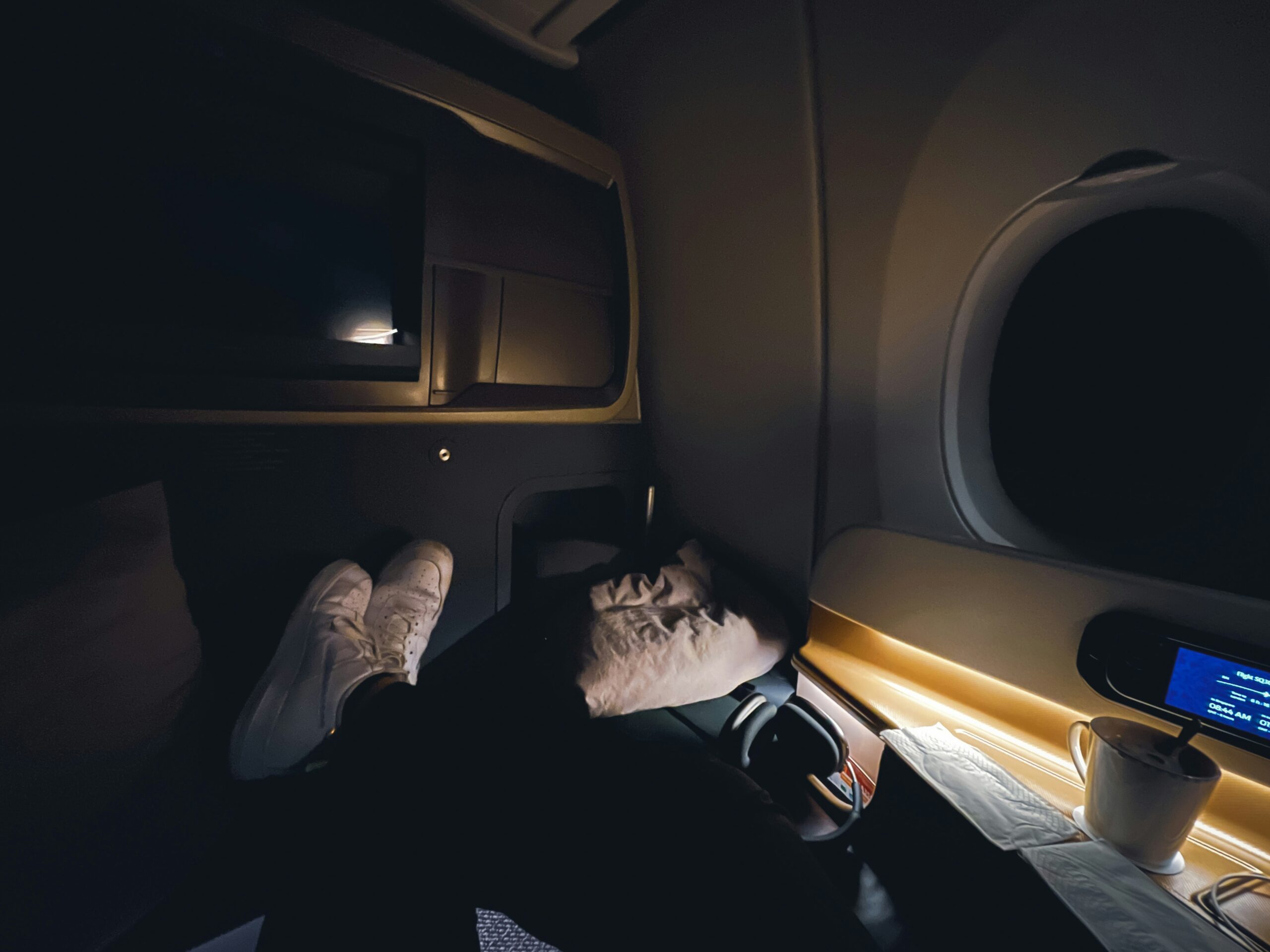
Trying to catch some shut-eye? Many fliers recommend the left side for long-haul flights, especially if you’re traveling east. The left side typically gets less direct sunlight during the day, making it easier to rest without blinding glare. Combine that with a window shade and a sleep mask, and you’ve got a better shot at dozing off peacefully. Some frequent travelers even track the sun’s path to choose the dimmer side of the plane when booking red-eyes or international flights.
Right Side Boarding Perk
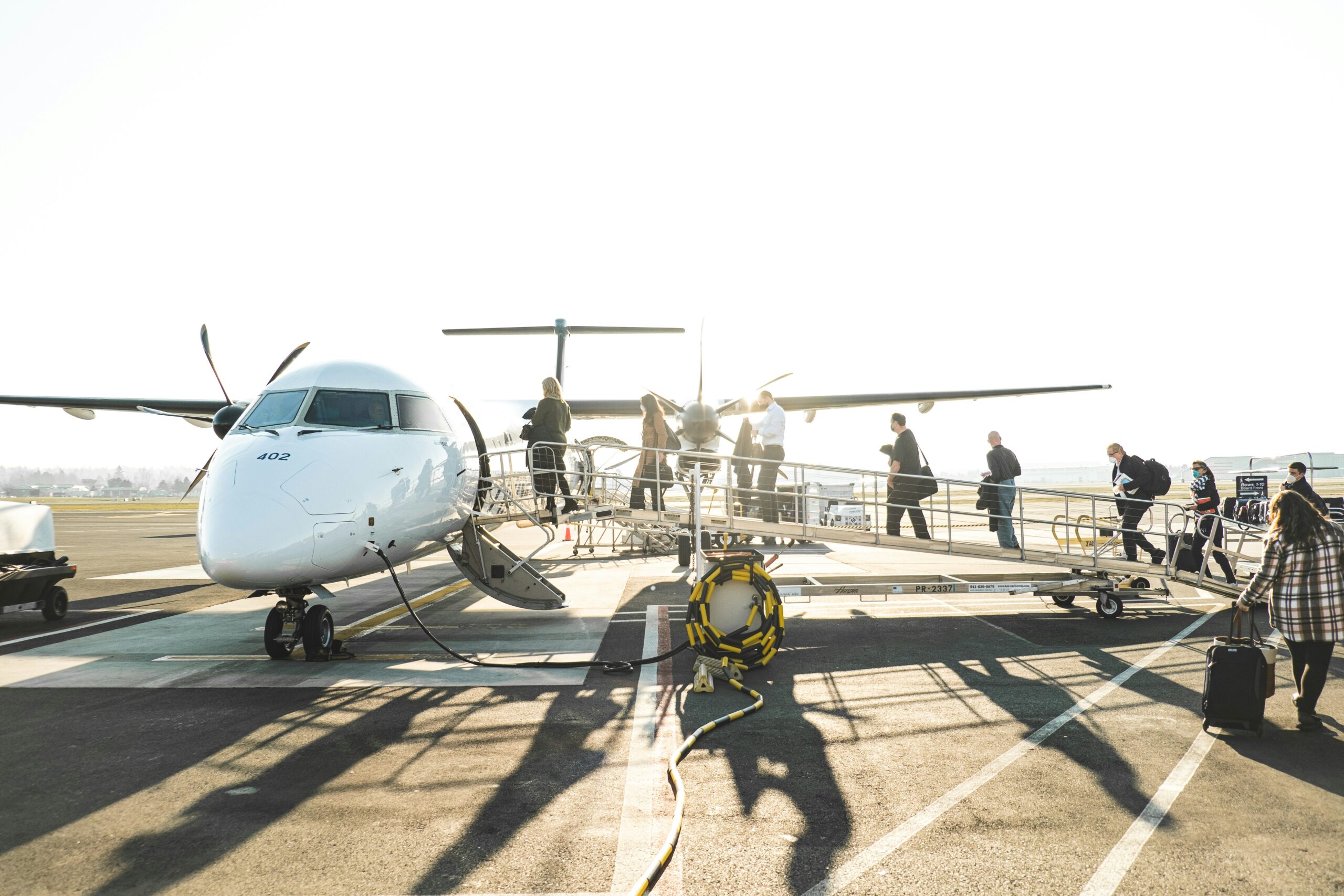
Some planes load passengers from the front left door only. That means those sitting on the right often experience less foot traffic and boarding chaos. Business travelers who value quiet swear by the right side near the front for faster boarding, easier overhead bin access, and fewer interruptions during takeoff. It’s a small perk that can feel huge when you’re juggling bags, trying to settle in quickly, or simply craving a peaceful pre-flight experience.
Jetway Noise Differences
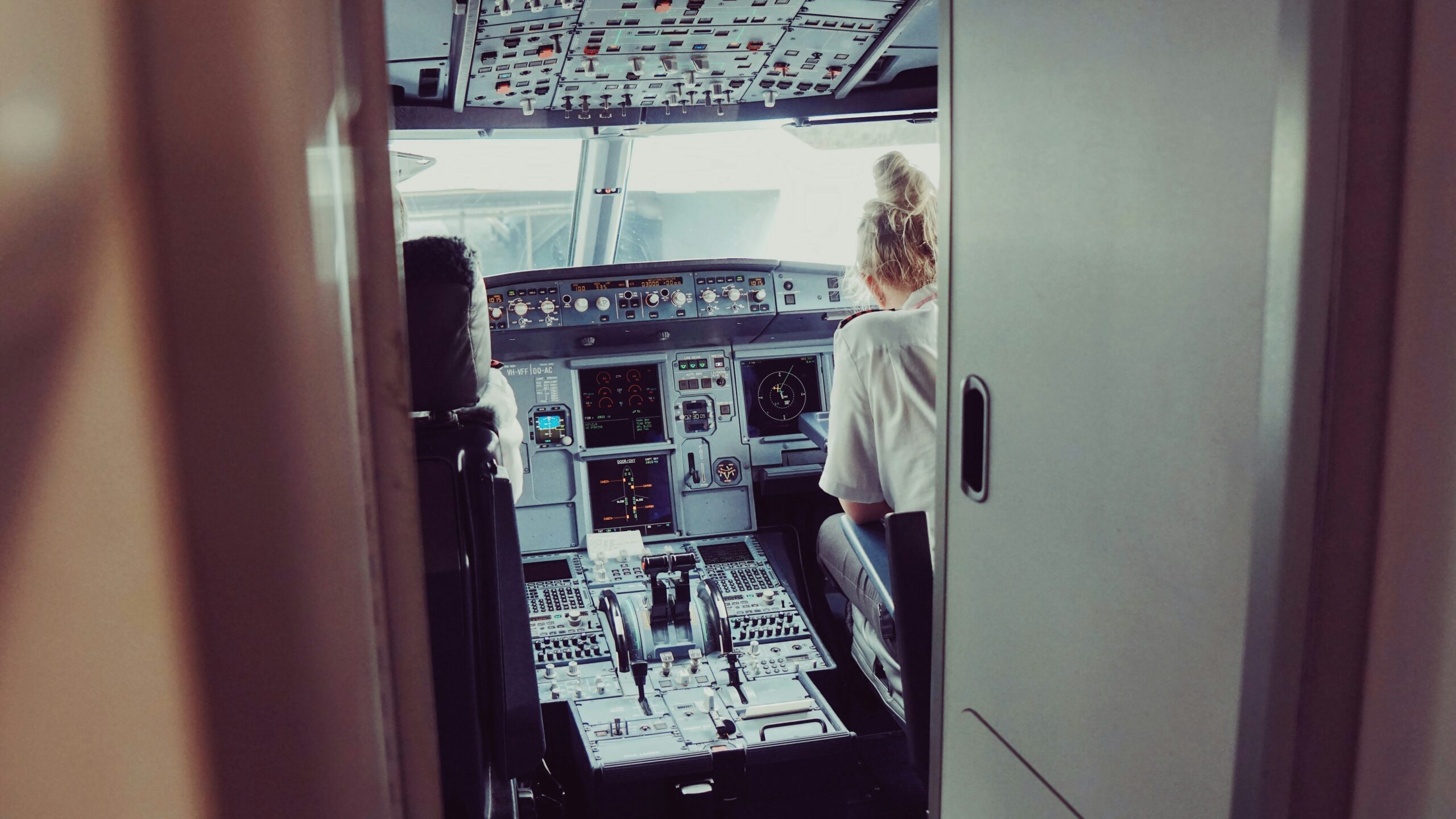
Interestingly, fliers note that sitting on the left side near the front means being next to the jetway door during boarding. That can be noisy and disruptive, especially if you’re trying to settle in early or work. The right side offers a buffer from the jetway commotion, particularly in premium cabins, making it a quieter start to the journey. If you’re the type to arrive early and relax before takeoff, this difference can help you start your flight in a calmer, less crowded bubble.
Engine Vibration Factors
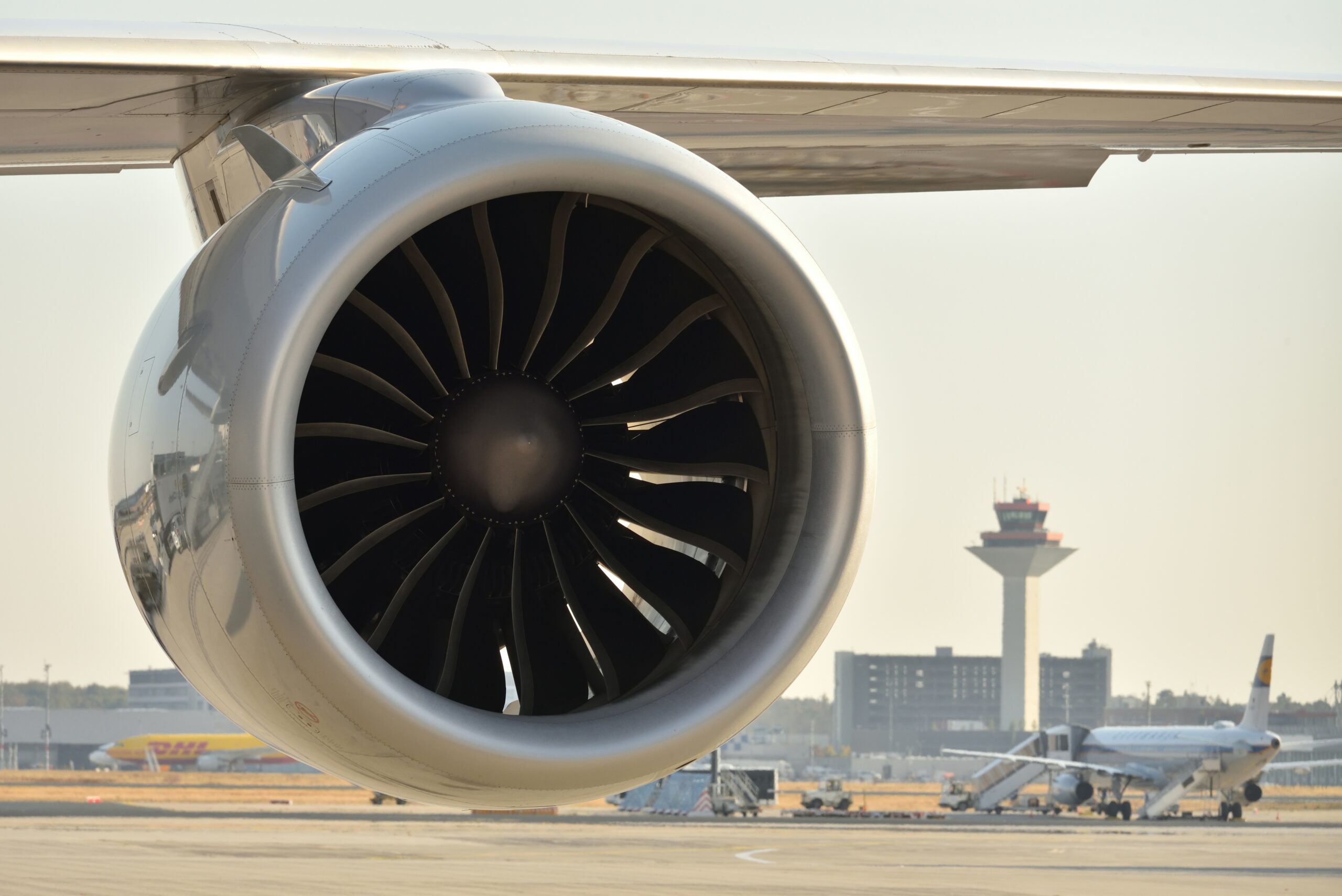
Depending on the aircraft, some frequent travelers claim the left engine tends to emit more vibration or noise. Choosing a seat on the opposite side—toward the rear right—may result in a smoother, quieter ride. While the difference is subtle and varies by aircraft model, veteran fliers with sensitive ears take note when picking seats. If you’re a light sleeper or easily bothered by background hums, picking the quieter side can noticeably improve your comfort.
Airport Gate Views

Plane-spotting fans love the left side when parked at most gates. You’re often facing away from the terminal, giving you a better view of runways, taxiing planes, or airfield operations. The right side usually faces the terminal wall. So if you’re a fan of takeoff watching or tarmac action, left-side windows win. It’s also more entertaining during delays—you can pass the time watching luggage carts, refueling, and all the behind-the-scenes activity that makes airports tick.
Better Baggage Handling Cues
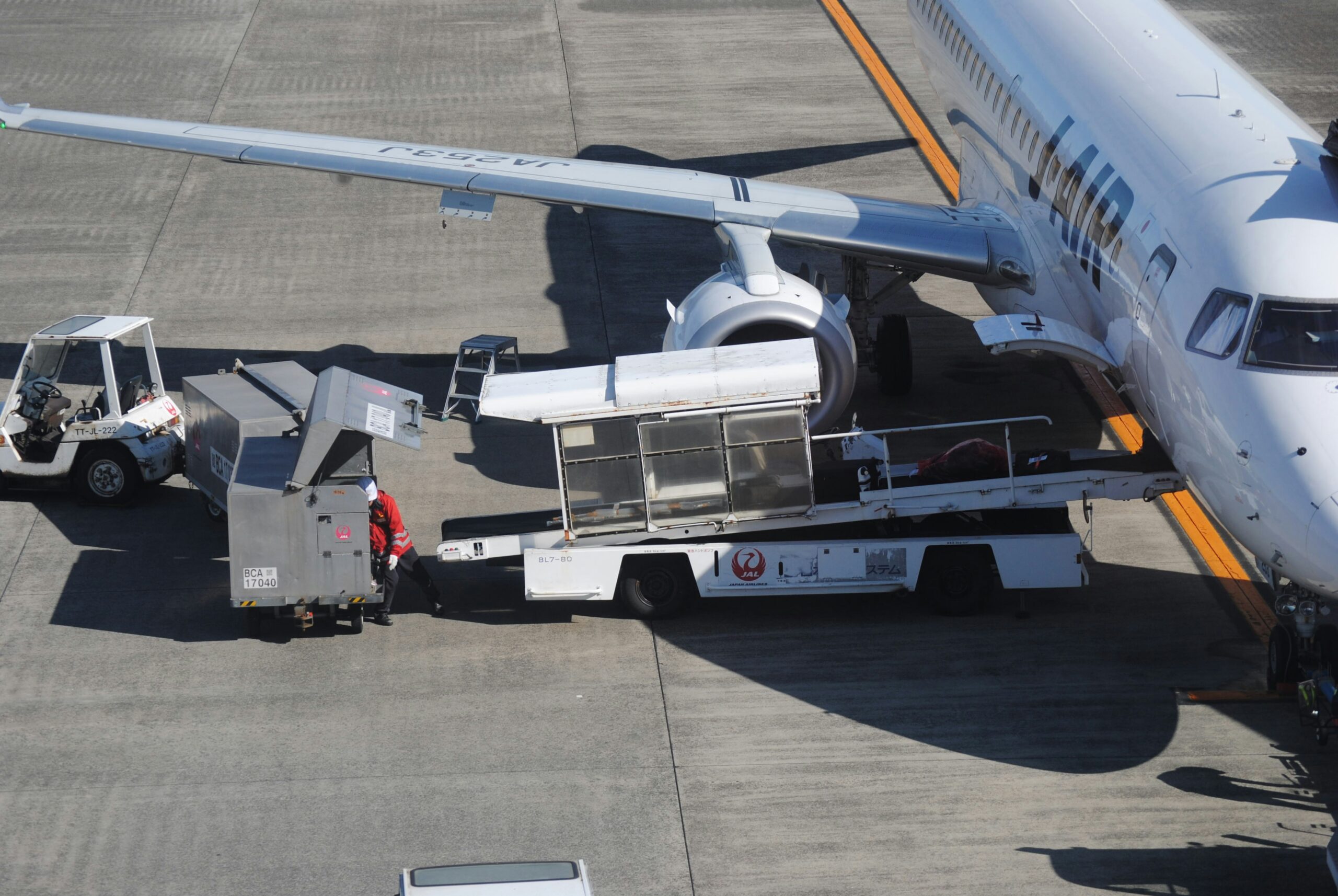
Frequent fliers claim you can sometimes spot your checked luggage being loaded—if you’re seated on the left side behind the wing. This trick can provide reassurance your bag made it onboard. While it doesn’t work at every airport or on every aircraft, left-side watchers have the edge in seeing what’s happening below. It’s a nerdy, satisfying moment that lets you confirm your suitcase survived check-in and is safely on its way with you.
Early Meal Service
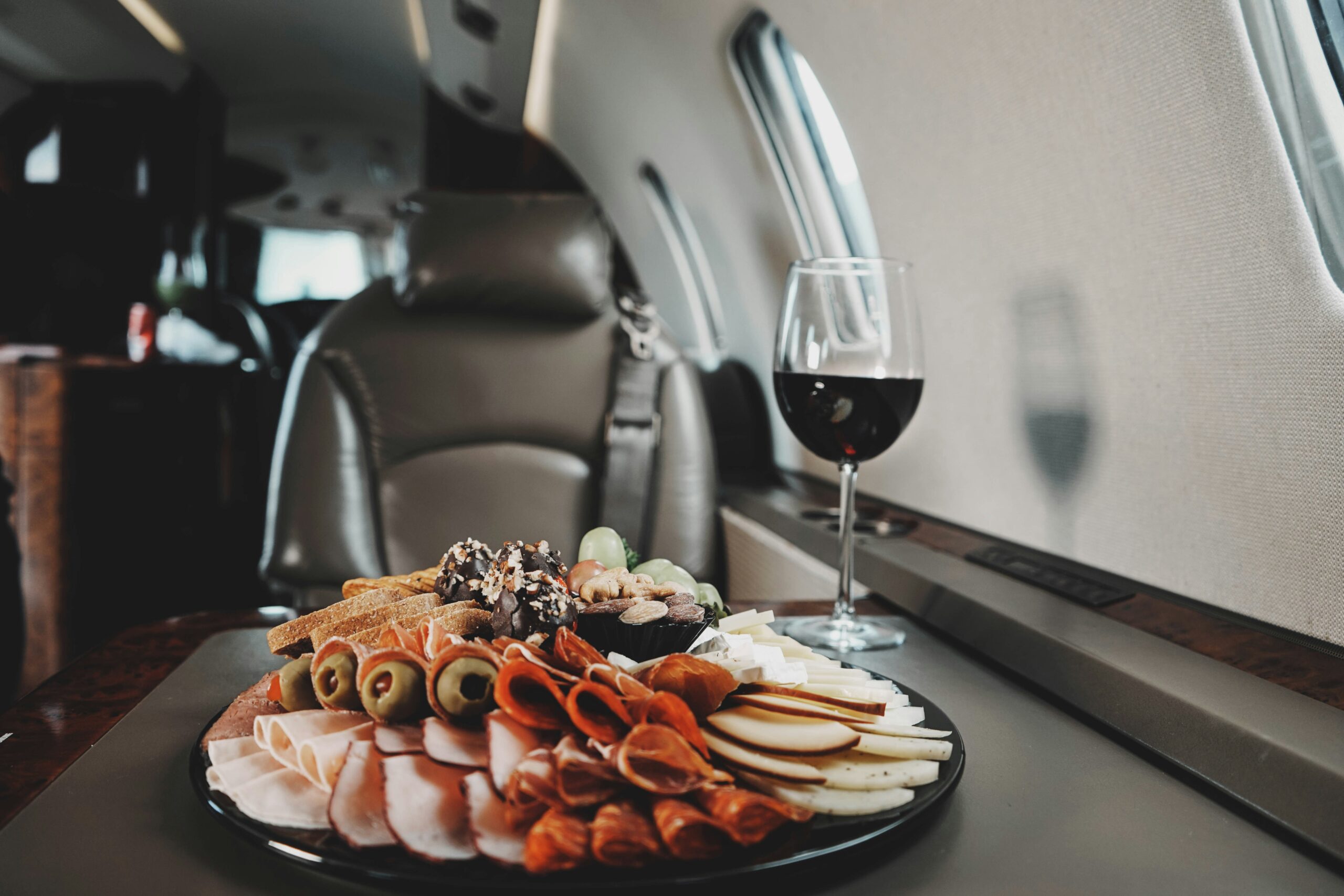
On many airlines, meal service starts from the front left and moves back. If you’re on the left side and seated toward the front, you’re likely to get first choice of meals and fresher trays. For fliers with dietary needs or food preferences, this can be a game changer—no more “sorry, we’re out of chicken” after a long wait. Plus, if you’re hoping to eat early and then nap or work, being served first means you can finish up and settle down sooner.
Smoother Ride During Turns
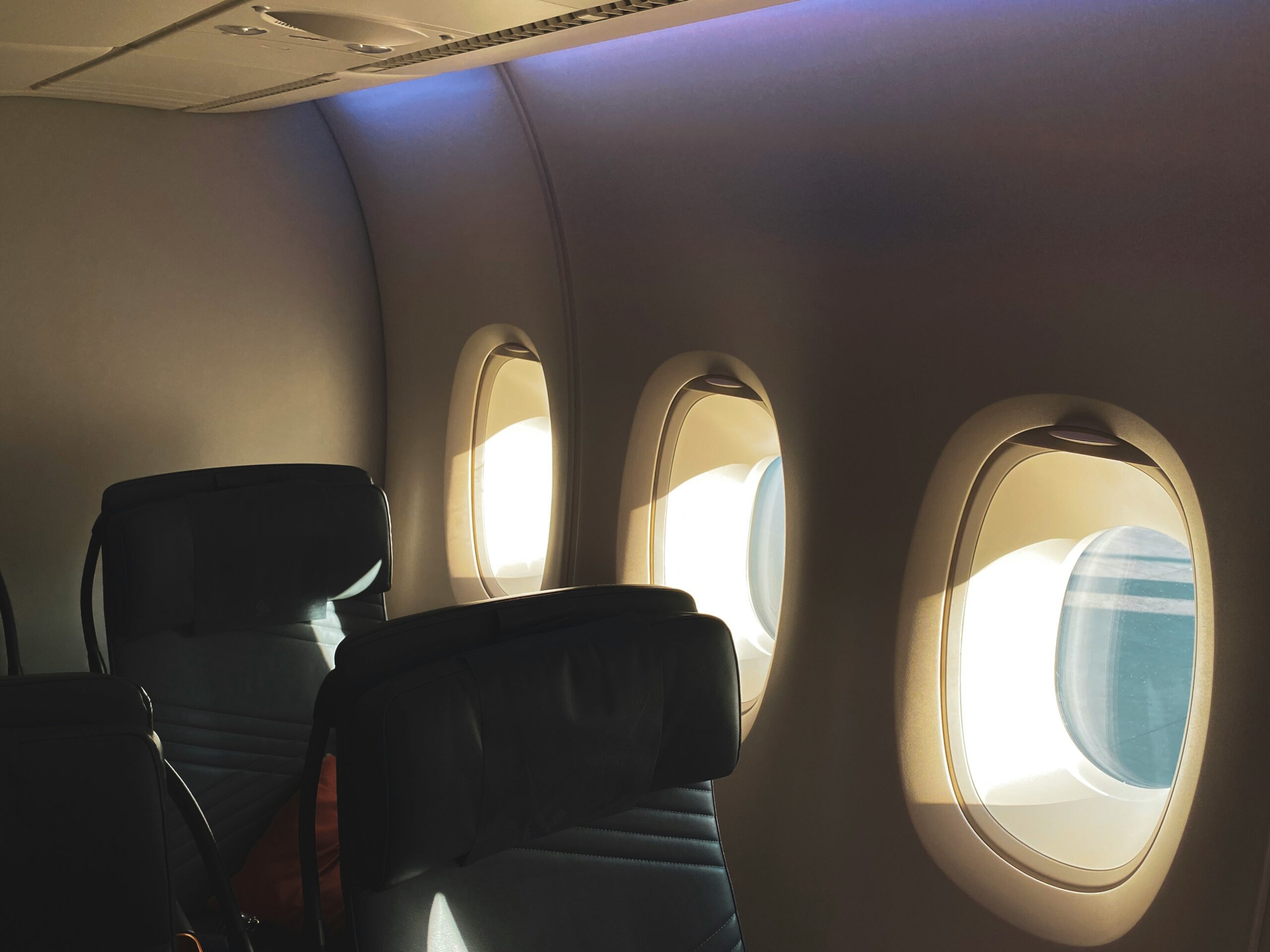
Some fliers prefer the side that faces “outward” during common turns after takeoff or during descent. For example, if your flight path veers north, sitting on the right might offer smoother visual transitions and less motion discomfort. Frequent travelers with motion sensitivity sometimes test this strategy and swear by it. While turbulence is unpredictable, viewing gradual turns through the window can reduce disorientation and help some passengers feel more grounded.
Deplaning Speed
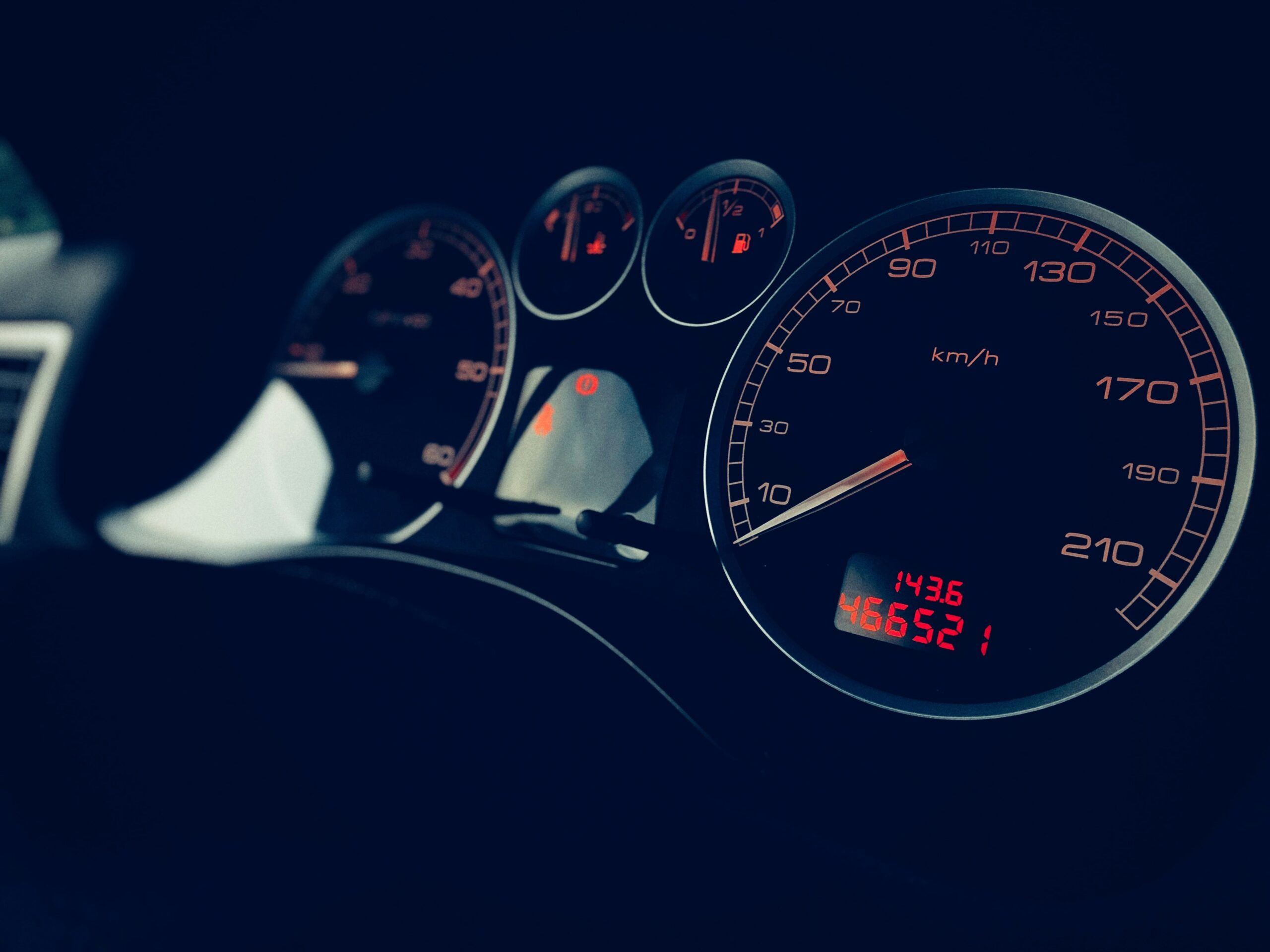
If speed is your game, consider that most aircraft deplane from the front left door. That makes left-side seats closer to the front the winners for getting off faster. It’s especially true if you have a tight connection. The right side may lag slightly in exiting, so time-sensitive travelers pick their seat with urgency in mind. Choosing a left-side aisle seat near the front means you’ll likely be among the first dozen people off the plane—valuable minutes saved.
Pilot and Cockpit Views
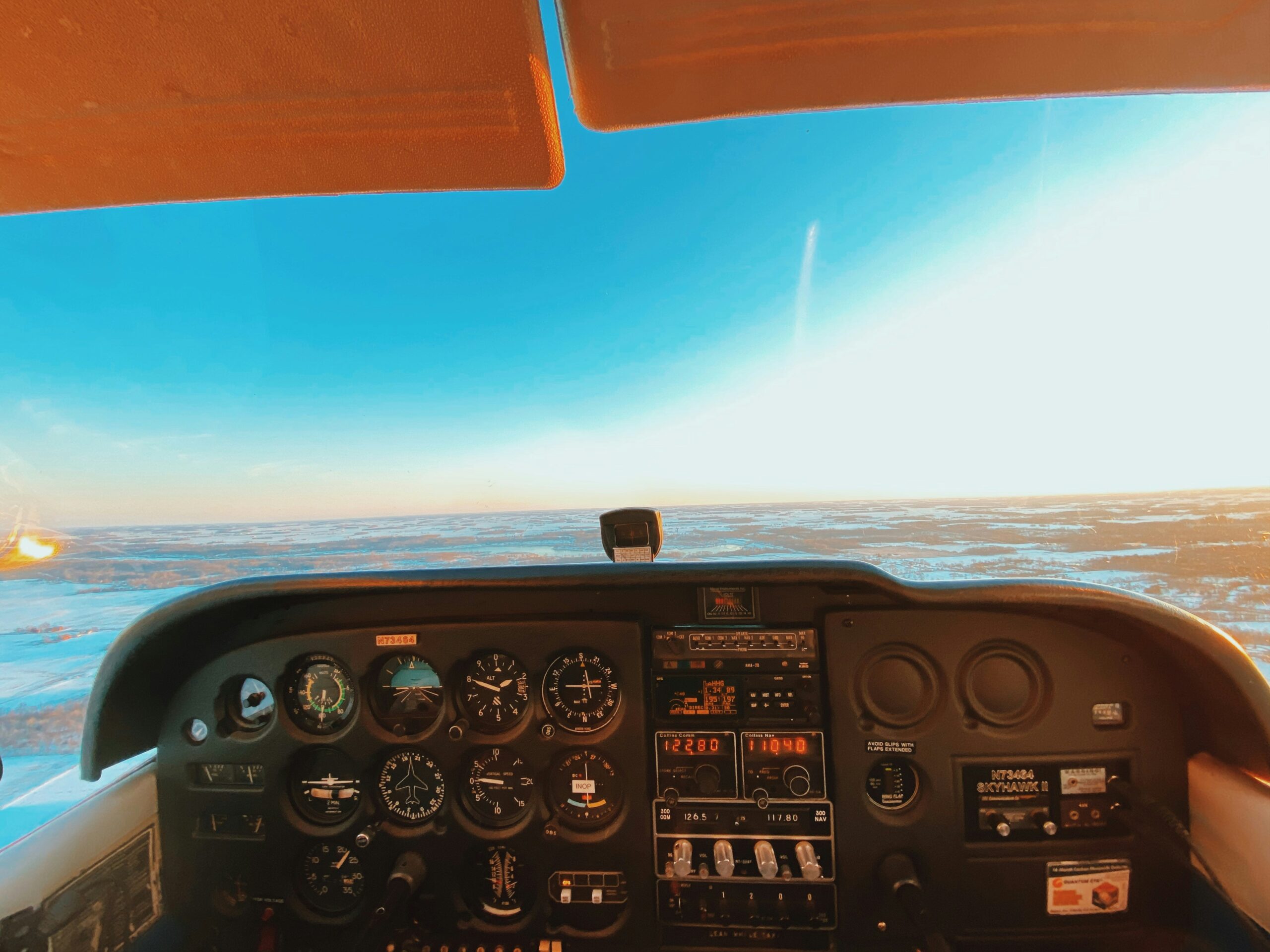
This one’s niche, but plane nerds and aviation enthusiasts sit left in hopes of glimpsing into the cockpit before or after landing. The captain sits on the left, and if the door opens briefly, left-side passengers might catch a glance at the instruments or flight deck action. A rare perk, but one that loyal fliers treasure. It’s also a fun detail for kids or aviation lovers hoping for a closer look at how flights are controlled behind the scenes.